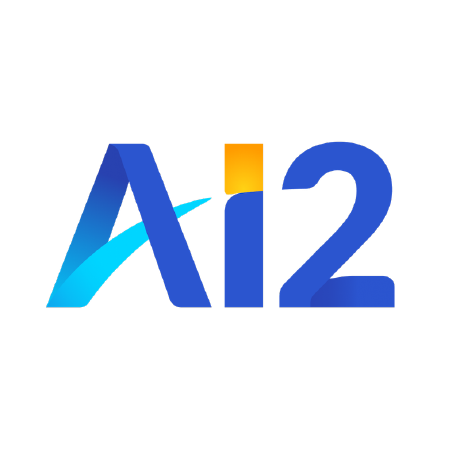Discover and explore top open-source AI tools and projects—updated daily.
awesome-vlm-architectures by  gokayfem
gokayfem
Vision-language models and their architectures
Top 35.6% on SourcePulse
This repository serves as a curated collection of prominent Vision-Language Models (VLMs) and their underlying architectures, targeting researchers and engineers working with multimodal AI. It provides a centralized resource for understanding the design, training, and capabilities of various VLMs, facilitating informed decisions on model selection and development.
How It Works
The repository details numerous VLMs, explaining their core architectural choices, such as the integration of vision encoders (e.g., CLIP, SigLIP, ViT) with large language models (LLMs) via projection layers (linear, MLP, Q-Former) or cross-attention mechanisms. It highlights different training strategies, including multi-stage pre-training, instruction tuning, and the use of specialized datasets, emphasizing how these approaches enable models to handle tasks like visual question answering, image captioning, and grounding.
Quick Start & Requirements
This repository is a collection of information, not a runnable codebase. Specific models mentioned may have their own installation and execution requirements, typically involving Python environments, deep learning frameworks (PyTorch, TensorFlow), and potentially GPU acceleration. Links to individual model repositories and documentation are provided for detailed setup.
Highlighted Details
- Architectural Diversity: Covers a wide range of VLM designs, from simple linear projections to complex Mixture-of-Experts (MoE) and hierarchical encoders.
- Data-Centric Approaches: Details the datasets and training strategies used, including novel data curation and instruction tuning methods.
- Task Specialization: Highlights models optimized for specific tasks like OCR, document understanding, video processing, and grounded reasoning.
- Efficiency Focus: Features models designed for efficient inference, including those with token compression and smaller parameter counts for edge deployment.
Maintenance & Community
This is a community-driven project, with contributions from various researchers and organizations. The repository is actively updated with new VLM research. Links to related projects and resources are provided for further engagement.
Licensing & Compatibility
The repository itself is typically licensed under permissive terms (e.g., MIT, Apache 2.0), but the licensing of individual models referenced within the repository varies widely, ranging from open-source licenses (Apache 2.0, MIT) to more restrictive licenses or proprietary models. Users must consult the specific license for each model they intend to use.
Limitations & Caveats
This repository is a curated list and does not provide runnable code or direct access to the models themselves. Users must refer to the individual model repositories for implementation details, dependencies, and usage instructions. The rapid evolution of the VLM field means that information may become outdated, requiring users to verify details with the latest research.
8 months ago
Inactive

 ContextualAI
ContextualAI h-zhao1997
h-zhao1997 zhengzangw
zhengzangw awaisrauf
awaisrauf llm-jp
llm-jp SkalskiP
SkalskiP allenai
allenai Ucas-HaoranWei
Ucas-HaoranWei huggingface
huggingface dair-ai
dair-ai pliang279
pliang279 microsoft
microsoft